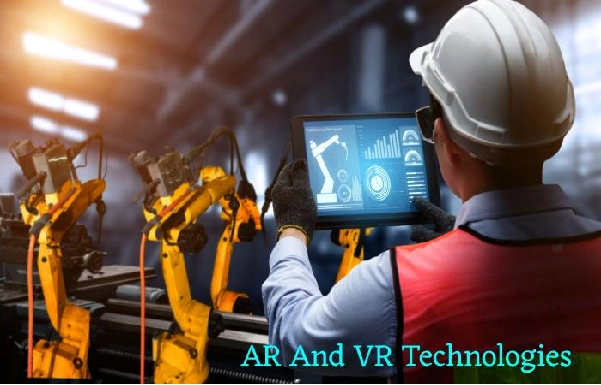AR And VR Technologies have continued receiving increased funding and investment levels. There has also been a considerable buzz about products over the last decade, with technology evangelists believing that they will be use in all aspects of everyday life due to their development. The evolution of technology during COVID has been remarkable, with a considerable percentage of use cases for the technology. This article attempts to explain the growth in demand behind this exciting technology.
Table of Contents
What are AR and VR Technologies?
The basic definition of these terms is as follows:
Virtual Reality (VR)
It replaces reality with a completely new 3D digital environment.
Augmented Reality (AR)
Overlay digital content to the real world.
Mixed Reality (MR)
Add overlaid digital content that superficially interacts with the environment in real time.
This knowledge is already being used in many businesses, and its growth will skyrocket.
Online merchants often overextend themselves with a relentless exploration into the customer experience and ever-tightening competition.
AR and VR Technologies in Logistics

Augmented Reality and Virtual Reality have arrived to reduce the costs of operations, logistics, and mainly returns and reverse logistics. Companies are beginning to use both technologies to promote e-commerce through novelty, but the direct consequence is reflect in the costs derive from logistics efficiency. Some application examples are:
At DHL, AR is use during the picking process, making order selection faster and fewer errors. In addition, they use smart glasses so employees can organize items in carts, keep pick lists because of the selector at all times and show the most efficient route through the warehouse.
Traditional Invasive
At the Cleveland Clinic at Case Western Reserve University, students are taught using AR headsets, allowing them to enter the human body without dissecting cadavers or viewing live operations. It also has applications during real-time operations, reducing the use of cameras and traditional invasive probes.
Porsche uses augmented reality and smart glasses to help mechanics during vehicle maintenance.
Increased reality comprises radically improving manufacturing, logistics, and skilled trades. With AR, holographic images and instructions can be superimpose on the real world, helping people how to handle products
Industrial Revolution
augmented reality and virtual reality are positioned and become relevant in the development of the Fourth Industrial Revolution that we are going through and become one more variable to consider when adapting companies to keep them competitive.
In the coming years, Virtual and Augmented Reality technologies will revolutionize the industry and other labor sectors to make them more efficient and productive. Because the main objective of both Virtual Reality and Augmented Reality is to help people make their day-to-day life easier
Conclusion
Online merchants often overextend themselves with a relentless exploration into the customer experience and ever-tightening competition. As a result, E-commerce brands are constantly seeking to acquire new tools that provide their clients with the ability to meet consumer demand and thus differentiate their businesses.
